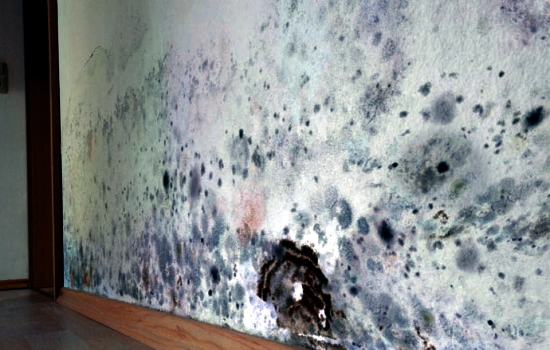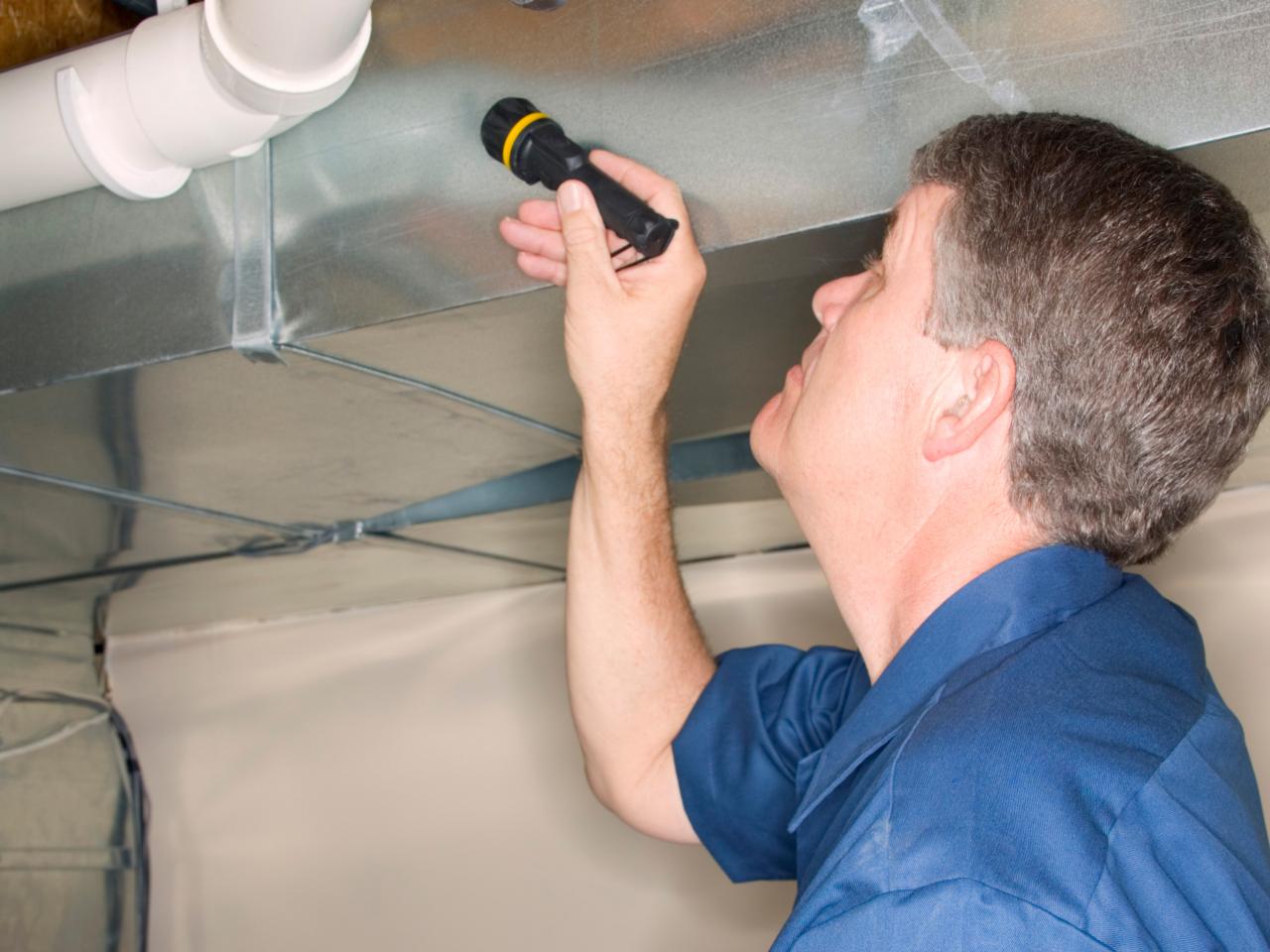Reliable Post Mold Remediation Cleaning Protocols
Reliable Post Mold Remediation Cleaning Protocols
Blog Article
Your Ultimate Guide to Post Mold Remediation Techniques
Navigating the world of post-mold remediation techniques is a careful process that requires focus to information and a thorough understanding of the ins and outs involved. In the aftermath of mold problem, recognizing just how to properly eliminate the mold and mildew and avoid its reoccurrence is vital for maintaining a healthy indoor setting. From selecting the appropriate cleaning and disinfecting approaches to applying techniques for long-lasting mold and mildew avoidance, each step in the removal journey plays a vital function in making certain an effective end result. As we embark on this exploration of post-mold removal techniques, we will uncover the key methods and best methods that can help you restore your space to its pre-mold condition and guard it versus future mold and mildew risks.
Comprehending Post-Mold Remediation Process
After completing the mold and mildew remediation procedure, it is crucial to understand the post-mold remediation techniques that are needed to ensure a effective and comprehensive cleaning. Once the mold has been removed, the following action entails cleansing and disinfecting the influenced areas to stop any regrowth of mold and mildew. This includes utilizing specialized cleansing agents to clean down surface areas and eliminate any type of staying mold spores. It is crucial to dry the area entirely to discourage the growth of mold in the future (After mold remediation). Correct air flow and dehumidification can help in this procedure.
Furthermore, carrying out a last examination post-remediation is crucial to guarantee that all mold and mildew has actually been successfully gotten rid of. If the inspection exposes any kind of sticking around mold and mildew, additional removal may be required.
Effective Cleansing and Decontaminating Approaches

Preventing Future Mold And Mildew Growth

Relevance of Appropriate Air Flow
Appropriate air flow plays an essential duty in protecting against wetness buildup, a crucial variable in mold and mildew growth within interior settings. Effective air flow systems aid remove excess humidity from the air, decreasing the chances of mold spores locating the wetness they require to spread and sprout. Without sufficient ventilation, indoor areas can come to be a breeding place for mold and mildew, bring about potential wellness threats and architectural damages.
By guaranteeing correct air flow, air flow systems can also aid in drying damp areas extra quickly after water damage or flooding occurrences, better discouraging mold development. testing air quality after mold remediation. In spaces like shower mold removal with fog rooms, basements, cooking areas, and click here now attics where wetness levels tend to be greater, mounting and keeping effective ventilation systems is vital in avoiding mold problems

Monitoring and Upkeep Tips
Offered the crucial function that proper ventilation plays in preventing mold growth, it is crucial to develop effective tracking and upkeep tips to guarantee the continued capability of air flow systems. Tracking moisture levels within the building is likewise vital, as high humidity can add to mold and mildew growth. By remaining proactive and attentive to the problem of ventilation systems, residential property owners can successfully alleviate the risk of mold and mildew regrowth and preserve a healthy indoor environment.
Conclusion
Finally, post-mold remediation strategies are necessary for making certain a risk-free and clean environment. Comprehending the process, implementing effective cleansing and disinfecting approaches, avoiding future mold development, preserving appropriate air flow, and routine monitoring are all vital steps in the removal process. By adhering to these guidelines, you can effectively remove mold and avoid its return, advertising a healthy and balanced living or functioning space for all occupants.
In the results of mold and mildew infestation, knowing how to properly get rid of the mold and mildew and prevent its reoccurrence is critical for maintaining a healthy and balanced indoor environment. Once the mold has been removed, the following action includes cleaning and decontaminating the affected areas to protect against any kind of regrowth of mold and mildew - After mold remediation. After removing noticeable mold and mildew growth, it is important to clean up all surface areas in the damaged area to eliminate any type of continuing to be mold and mildew spores. To even more boost mold avoidance measures, it is necessary to address underlying problems that at first led to mold advancement.Given the vital duty that correct ventilation plays in protecting against mold growth, it is critical to establish efficient surveillance and maintenance ideas to ensure the ongoing performance of ventilation systems
Report this page